(NLDO) - Analysis of the "legacy" of the Cassini spacecraft strengthens the belief that an alien ocean with life has appeared.
Numerical simulations of the deformation of Titan's moon have more clearly demonstrated the existence of an ancient interior ocean with lots of water, some ammonia, and possibly life that has gone through many stages of evolution.
Titan is Saturn's largest moon, where images from NASA's Cassini spacecraft have revealed a landscape very similar to Earth's, with lakes, rivers, mountains... lying beneath a thick atmosphere.
NASA has long referred to Titan as a "second Earth" because of its landscape and some clues suggesting life.
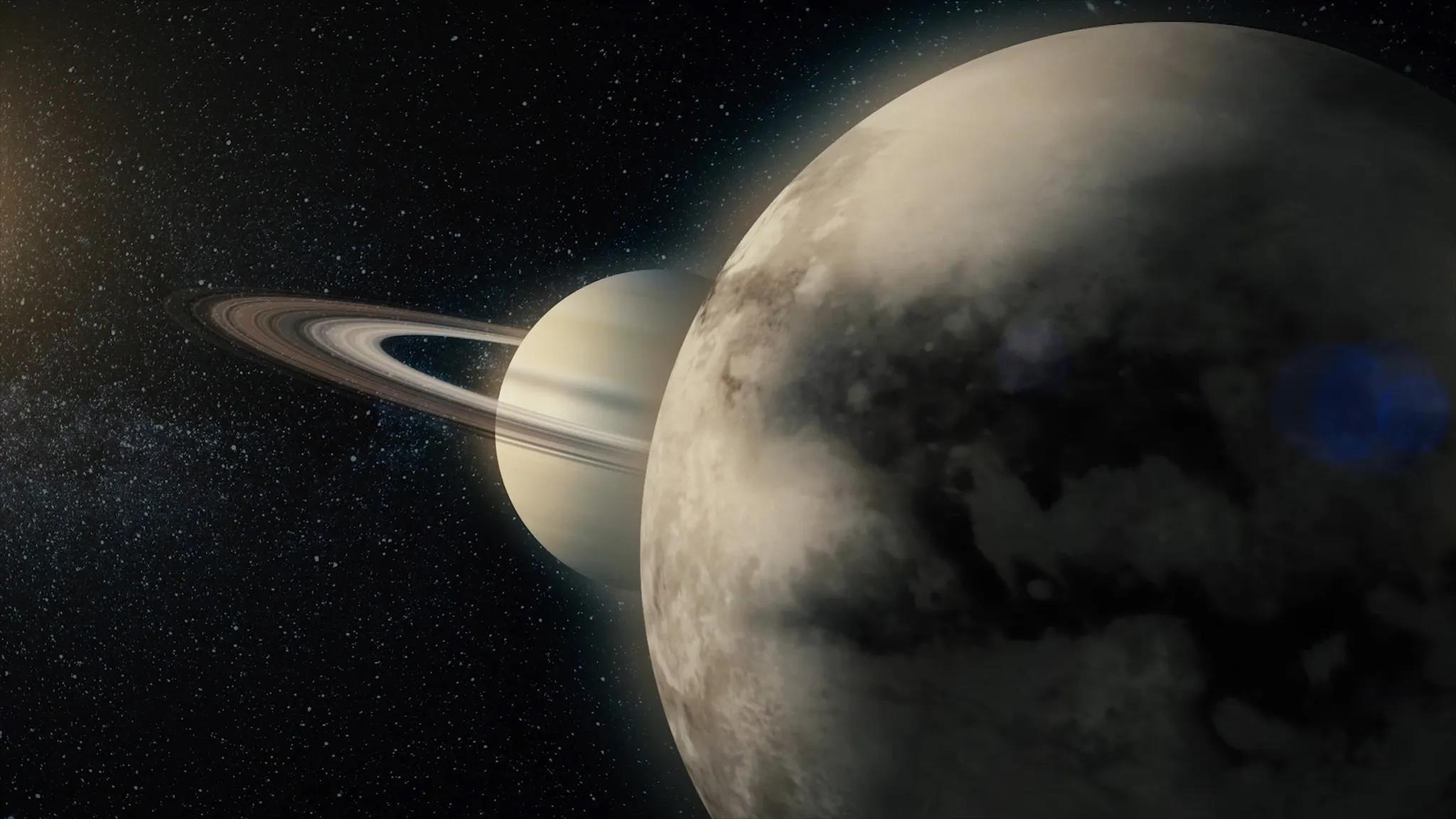
The living moon Titan with Saturn in the background - Photo: Media Whale Stock / Adobe
New research led by Dr. Sander Goossens from NASA's Goddard Space Flight Center has further strengthened that belief.
They analyzed data Cassini left behind before its "suicide" in Saturn's atmosphere in 2017, a plunge that NASA directed to avoid contaminating the "living moons" Titan and Enceladus with its debris.
From precise radar measurements, scientists calculated Cassini's velocity variation as it flew by Titan and then the change in Titan's gravity and deformation over time.
They carefully examined the tidal effects on Titan at each location in the spacecraft's orbit and concluded that the distortion was smaller than previously thought.
Numerical simulations comparing this deformation with different interior structures suggest the most likely scenario is that the moon's interior harbors an ocean composed of water and a small proportion of ammonia, according to a study summary in Sci-News.
An underground ocean could help transport organic material from the moon's rocky core to the surface. For Titan, it was once thought that the thick layer of ice between the ocean and the core made this difficult.
However, new analysis by Dr Goossens and colleagues reveals that the ice may be thinner than previously thought, making the exchange of material between rock and ocean more plausible.
“The organic molecules that this process can produce are considered to be key ingredients for the emergence of life,” said Dr. Goossens.
The results, published in the journal Nature Astronomy, give hope to NASA's planned Titan exploration missions.
Source: https://nld.com.vn/nasa-xac-dinh-dau-hieu-moi-ve-su-song-ngoai-hanh-tinh-196240512101559453.htm








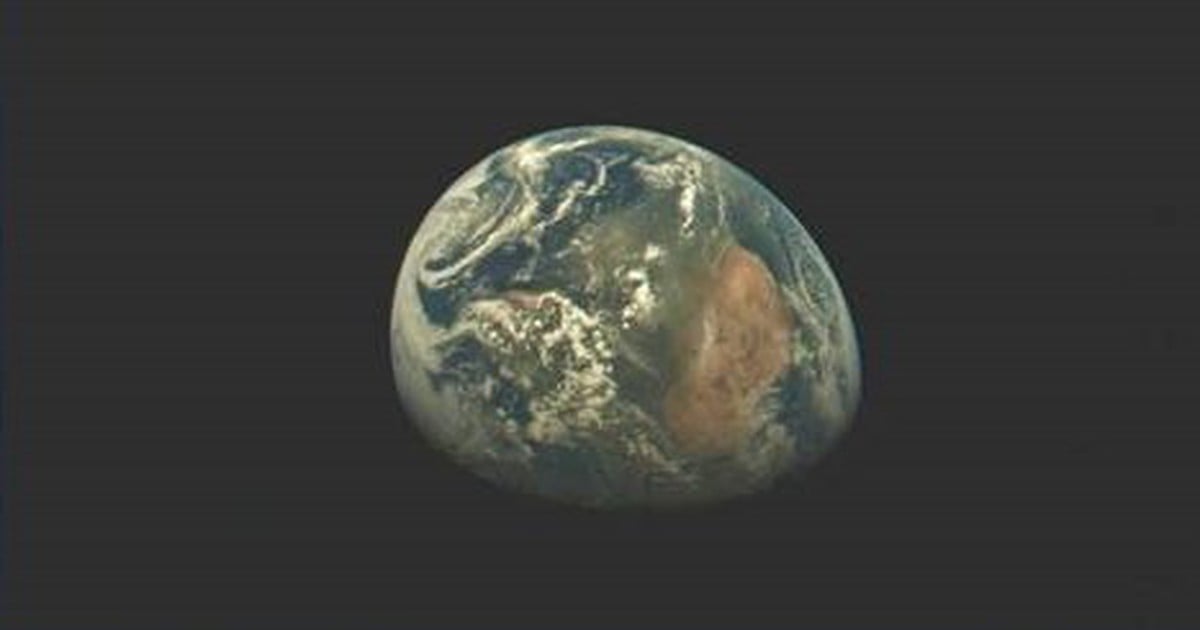

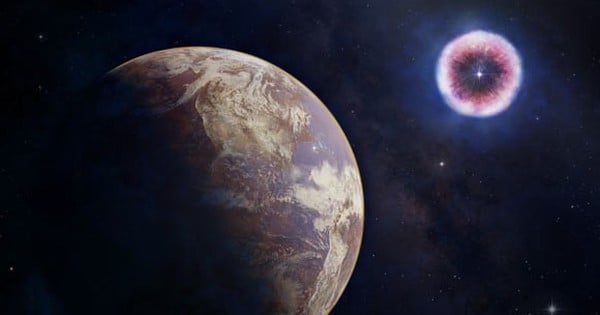

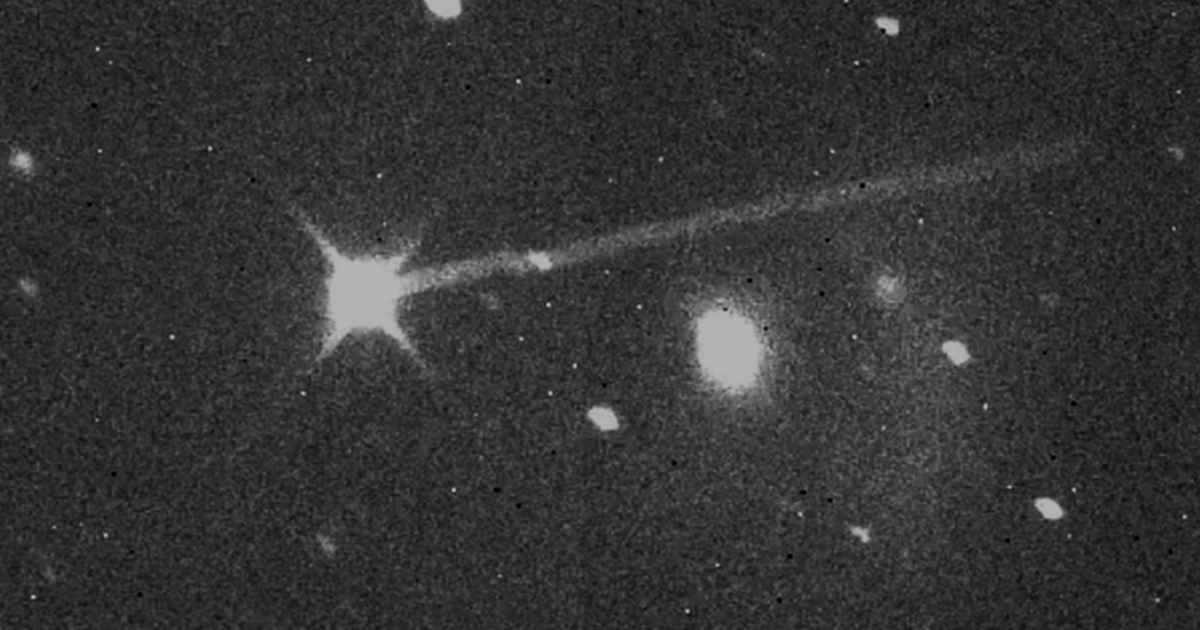

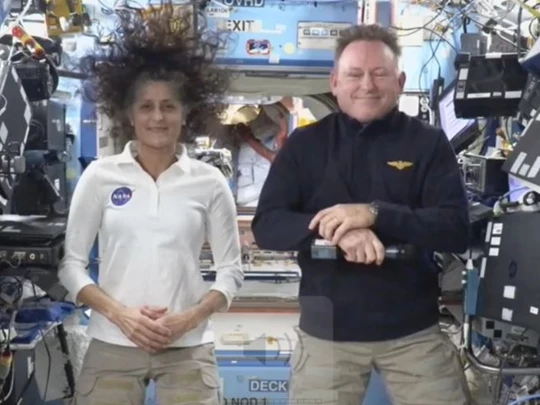

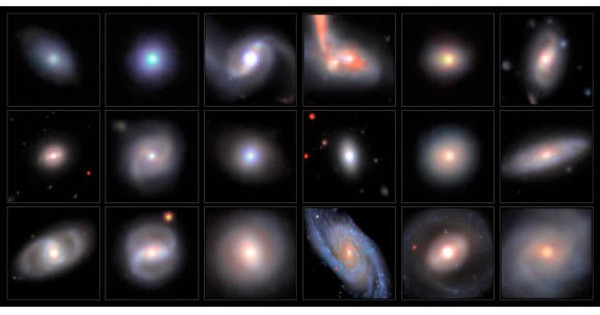







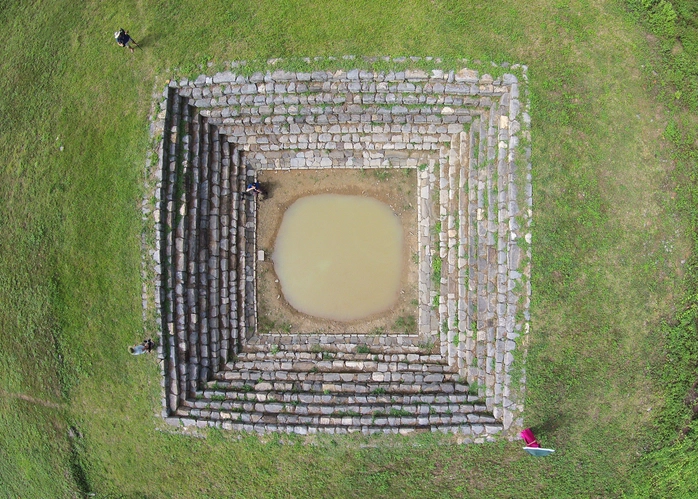












![[Photo] Prime Minister Pham Minh Chinh chairs Government Conference with localities on economic growth](https://vstatic.vietnam.vn/vietnam/resource/IMAGE/2025/2/21/f34583484f2643a2a2b72168a0d64baa)


























































Comment (0)